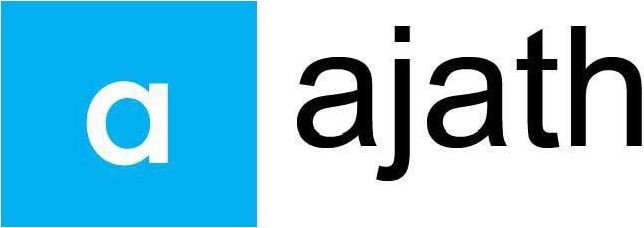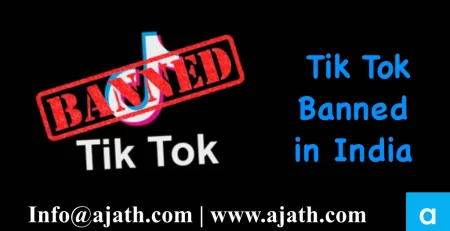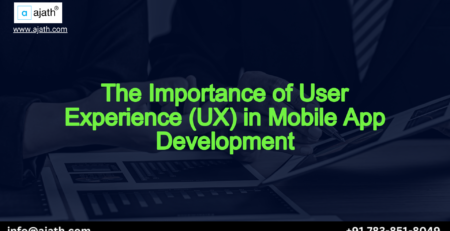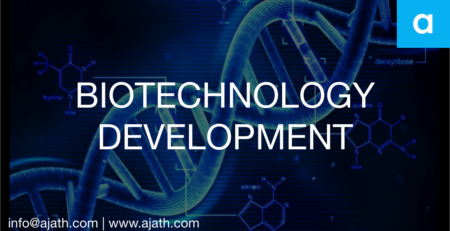Title: Exploring Future Trends in Hyperledger Development: A Comprehensive Analysis
Introduction:
Blockchain technology has revolutionized the way we think about trust, transparency, and security in various industries. One prominent blockchain framework that has gained significant traction is Hyperledger Initiated by the Linux Foundation, Hyperledger stands as an open-source collaborative initiative dedicated to the progression of cross-industry blockchain technologies. As technology continues to evolve, it is crucial to examine the future trends in Hyperledger development that will shape the landscape of decentralized applications and enterprise solutions.
Integration of Hyperledger Fabric with Emerging Technologies:
Hyperledger Fabric, a permissioned blockchain framework, is widely used for enterprise solutions. In the future, we can expect increased integration of Hyperledger Fabric with emerging technologies such as artificial intelligence (AI), machine learning (ML), and the Internet of Things (IoT). Smart contracts within Hyperledger Fabric could leverage AI and ML algorithms to automate decision-making processes, and IoT devices could be seamlessly incorporated into blockchain networks to enhance data integrity.
Interoperability Among Hyperledger Projects:
The Hyperledger ecosystem comprises various projects like Sawtooth, Indy, Besu, and Burrow, each serving specific use cases. The future of Hyperledger development will likely see increased efforts to enhance interoperability among these projects. This interoperability will facilitate the seamless integration of different Hyperledger frameworks, allowing developers to create comprehensive solutions by combining the strengths of multiple projects.
Enhanced Privacy and Confidentiality:
Privacy and confidentiality are paramount in enterprise blockchain solutions. Hyperledger Fabric has already addressed these concerns to a certain extent, but the future will likely bring even more robust privacy features. Zero-knowledge proofs, homomorphic encryption, and other advanced cryptographic techniques may be integrated into Hyperledger frameworks to further enhance the confidentiality of transactions and sensitive information.
Scalability Improvements:
Scalability has been a concern for many blockchain platforms, and Hyperledger is no exception. Future developments in Hyperledger may focus on optimizing consensus algorithms, improving network throughput, and exploring layer 2 solutions to address scalability challenges. These improvements will make Hyperledger more suitable for large-scale enterprise applications with high transaction volumes.
Tokenization and Digital Assets:
The tokenization of assets is a growing trend in the blockchain space, and Hyperledger is likely to play a significant role in this domain. Future Hyperledger development may see the integration of tokenization standards and protocols, enabling the creation and management of digital assets on the blockchain. This could have implications for various industries, including finance, real estate, and supply chain management.
Governance Models and Decentralization:
As Hyperledger networks grow, the importance of governance models and decentralization becomes increasingly crucial. Future trends in Hyperledger development may involve the exploration of more decentralized consensus mechanisms and governance models. This could lead to the development of tools and frameworks that empower network participants to have a more active role in decision-making processes.
Cross-Industry Collaboration:
Hyperledger’s collaborative nature extends beyond its own projects to cross-industry collaboration. The future will likely witness increased collaboration between Hyperledger and other prominent blockchain platforms. Interconnected blockchain networks could enable seamless data sharing and interoperability between different industries, fostering a more connected and efficient global ecosystem.
User-Friendly Development Tools:
To encourage broader adoption, future Hyperledger development may focus on creating more user-friendly development tools and interfaces. Simplified deployment processes, comprehensive documentation, and intuitive APIs could attract a wider range of developers, even those with limited blockchain experience. This accessibility is crucial for Hyperledger to become a go-to choice for developers across various domains.
Regulatory Compliance and Standards:
As blockchain technology gains mainstream acceptance, regulatory compliance becomes a top priority. Future Hyperledger development may involve closer collaboration with regulatory bodies to ensure that Hyperledger-based solutions adhere to industry standards and regulations. The creation of tools to streamline compliance processes and the integration of identity management solutions may be key areas of development.
Education and Skill Development:
The success of any technology depends on the availability of skilled professionals. Future trends in Hyperledger development will likely see an increased emphasis on education and skill development programs. This includes online courses, workshops, and certification programs aimed at equipping developers, businesses, and policymakers with the knowledge required to leverage Hyperledger effectively.
Energy Efficiency and Sustainability:
With growing concerns about the environmental impact of blockchain networks, future Hyperledger development may place a stronger emphasis on energy efficiency. Efforts to optimize consensus algorithms, reduce resource-intensive processes, and explore eco-friendly blockchain solutions could position Hyperledger as a sustainable choice for enterprises conscious of their environmental footprint.
Cross-Chain Compatibility:
The interoperability trend extends beyond Hyperledger projects to encompass compatibility with other blockchain networks. Future developments might focus on creating standards that facilitate cross-chain transactions, enabling seamless communication and value transfer between different blockchain ecosystems. This could lead to increased flexibility and choice for developers and businesses.
Immutable Auditing and Compliance Tools:
Immutable ledgers are a hallmark of blockchain technology, providing a tamper-resistant record of transactions. Future Hyperledger development may introduce specialized tools for auditing and compliance, leveraging the transparency and immutability of blockchain to simplify regulatory reporting and auditing processes for enterprises in various industries.
Real-Time Data Oracles:
Decentralized applications often require access to real-world data, and the development of reliable data oracles is crucial. Future Hyperledger frameworks might explore the integration of real-time data oracles, ensuring that smart contracts and applications can securely interact with external data sources, opening up possibilities for a broader range of use cases.
Enhanced Identity Management Solutions:
Identity management is a critical aspect of many enterprise applications, and Hyperledger frameworks, particularly Hyperledger Indy, have been involved in decentralized identity solutions. Future trends could see the development of more robust and user-centric identity management tools, fostering greater privacy and control over personal information.
Cross-Border Transactions and Global Trade:
Hyperledger’s potential in revolutionizing supply chain and global trade processes is significant. Future developments may focus on enhancing features that facilitate cross-border transactions, streamlining international trade processes, reducing friction in logistics, and providing a transparent and auditable supply chain for businesses and consumers alike.
Edge Computing Integration:
Edge computing, which involves processing data closer to the source rather than relying solely on centralized cloud servers, is gaining prominence. Future Hyperledger development may explore the integration of edge computing technologies, enabling blockchain networks to operate efficiently in edge computing environments and supporting use cases that require low-latency and high-throughput solutions.
Cross-Platform Mobile and Web Integration:
As mobile and web applications continue to dominate the digital landscape, future Hyperledger development may prioritize seamless integration with these platforms. Tools and SDKs that simplify the development of Hyperledger-based applications for mobile and web environments could lead to broader adoption and increased versatility in application development.
Community-driven Governance Models:
Community-driven governance models have proven successful in various open-source projects. Future Hyperledger development might involve experimenting with governance structures that give the community a more direct role in decision-making processes. This can lead to increased inclusivity and diversified perspectives in shaping the future of Hyperledger.
Enhanced Analytics and Reporting Tools:
As the volume of data on the blockchain grows, the need for advanced analytics and reporting tools becomes crucial. Future Hyperledger frameworks might integrate more sophisticated tools for data analysis, providing businesses with insights into their operations, customer behaviour, and overall performance on the blockchain.
Conclusion:
The landscape of Hyperledger development is dynamic and continually evolving. As blockchain technology matures, Hyperledger is positioned at the forefront of innovation, driving advancements that cater to the diverse needs of enterprises across industries. From sustainability and cross-chain compatibility to real-time data oracles and community-driven governance models, the future of Hyperledger promises a rich tapestry of features and capabilities that will shape the decentralized future of business and technology. Developers, businesses, and enthusiasts alike should closely follow these trends to stay at the forefront of blockchain innovation.













Leave a Reply